DAY ONE:
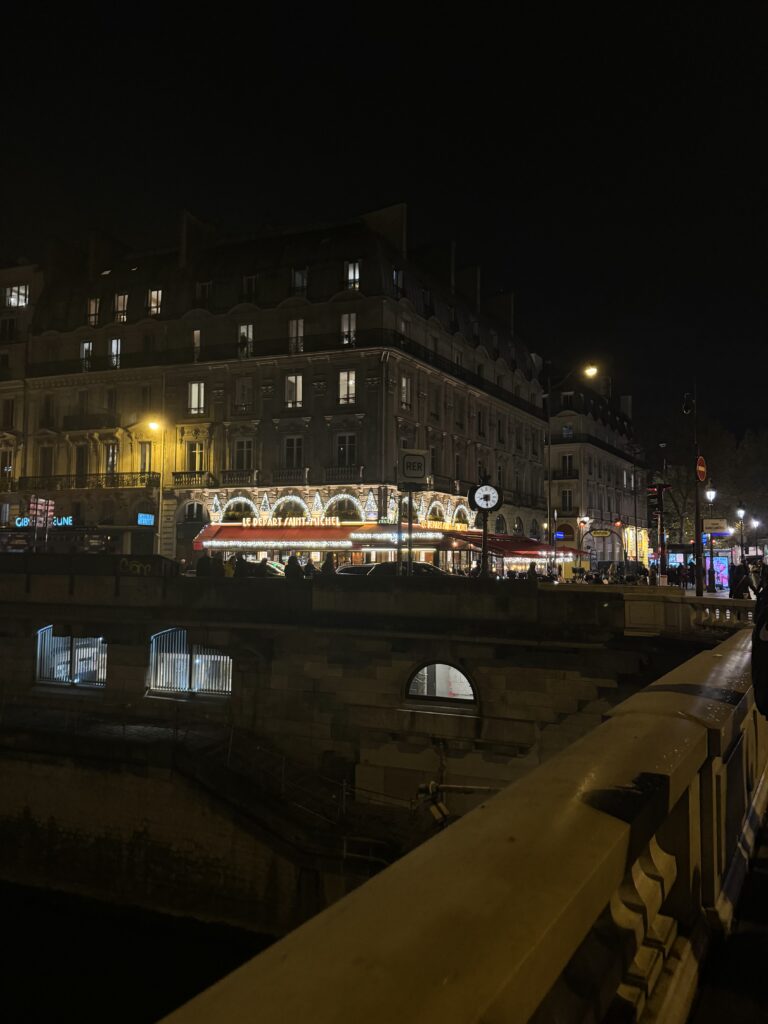
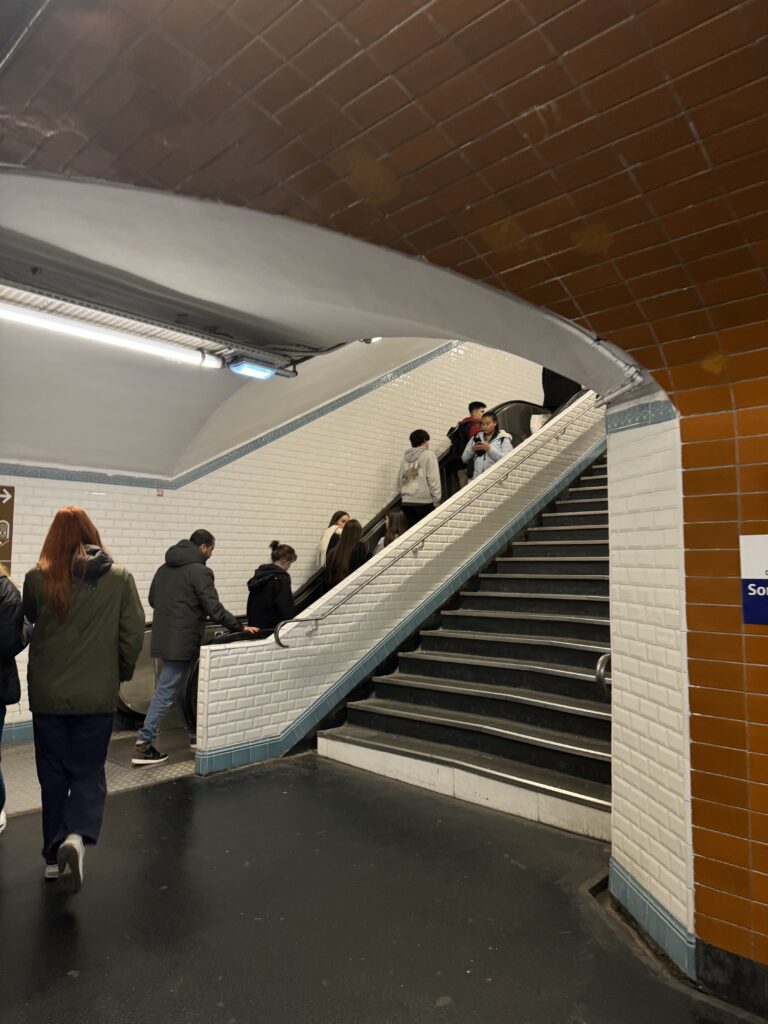
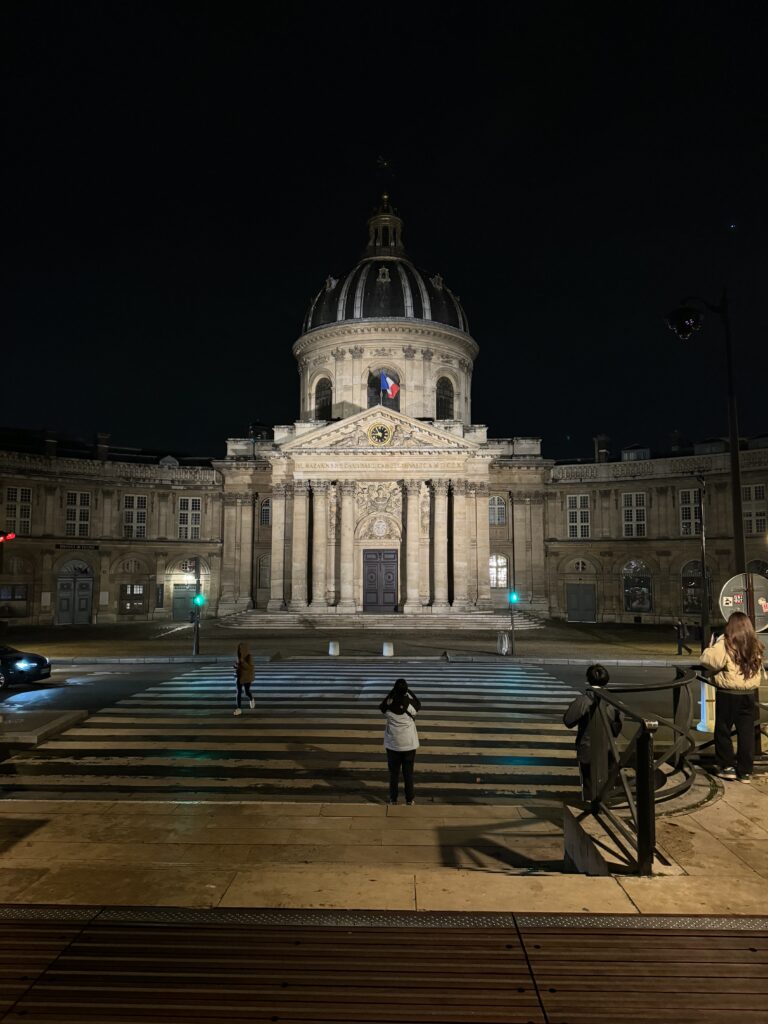
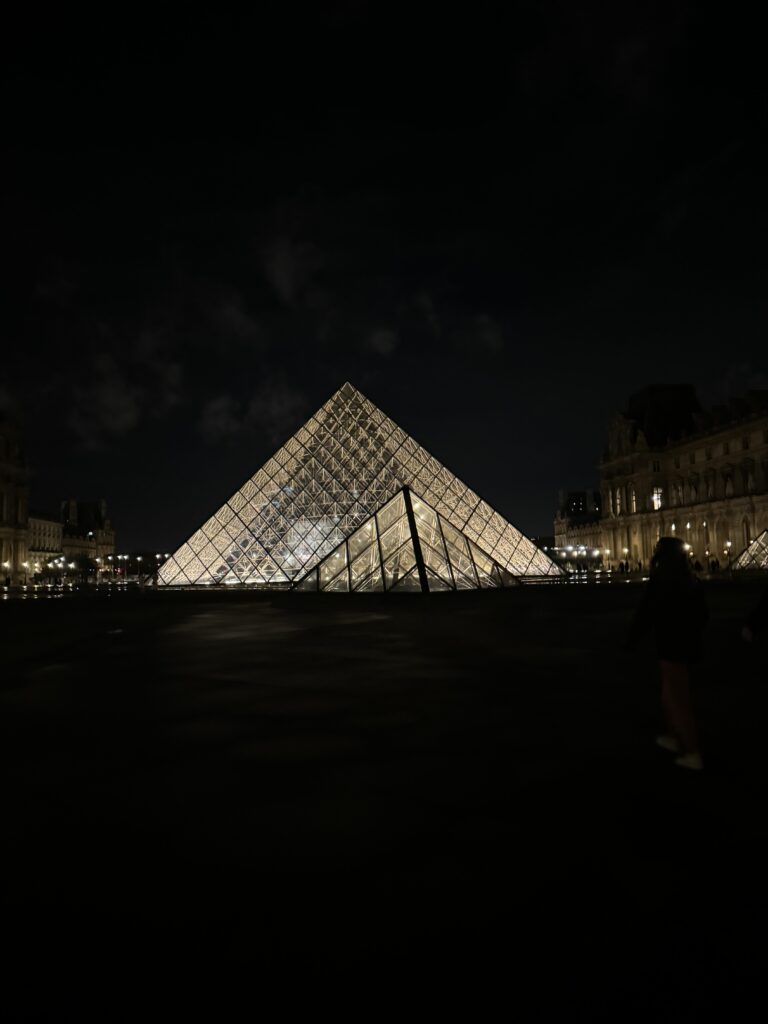

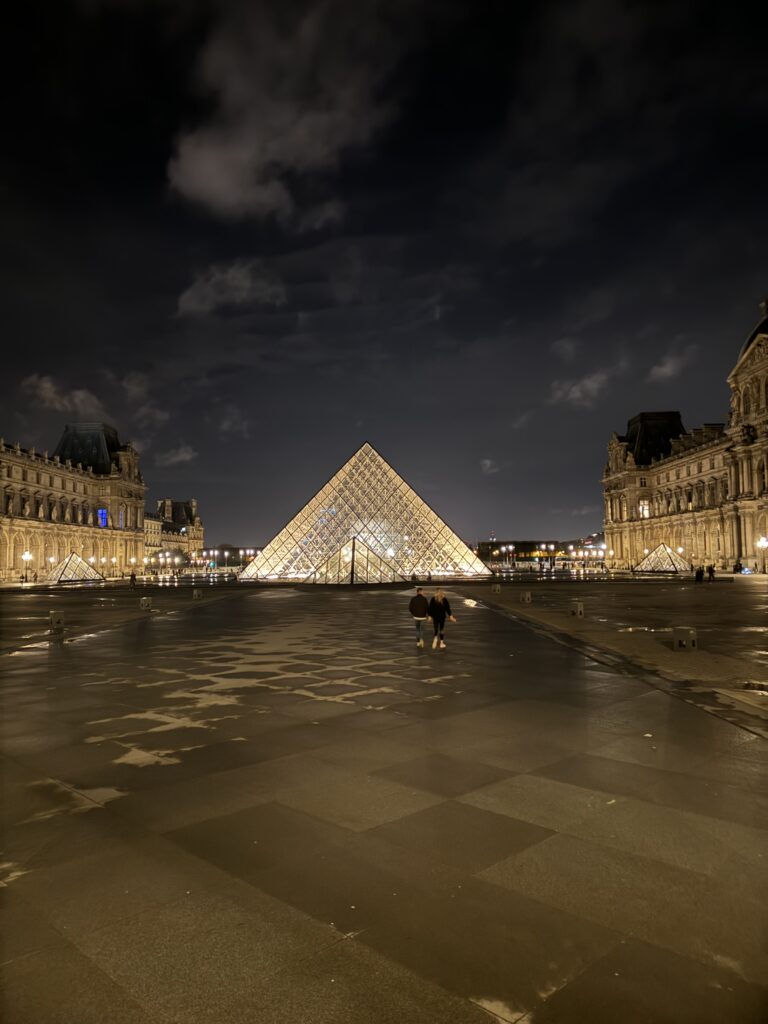
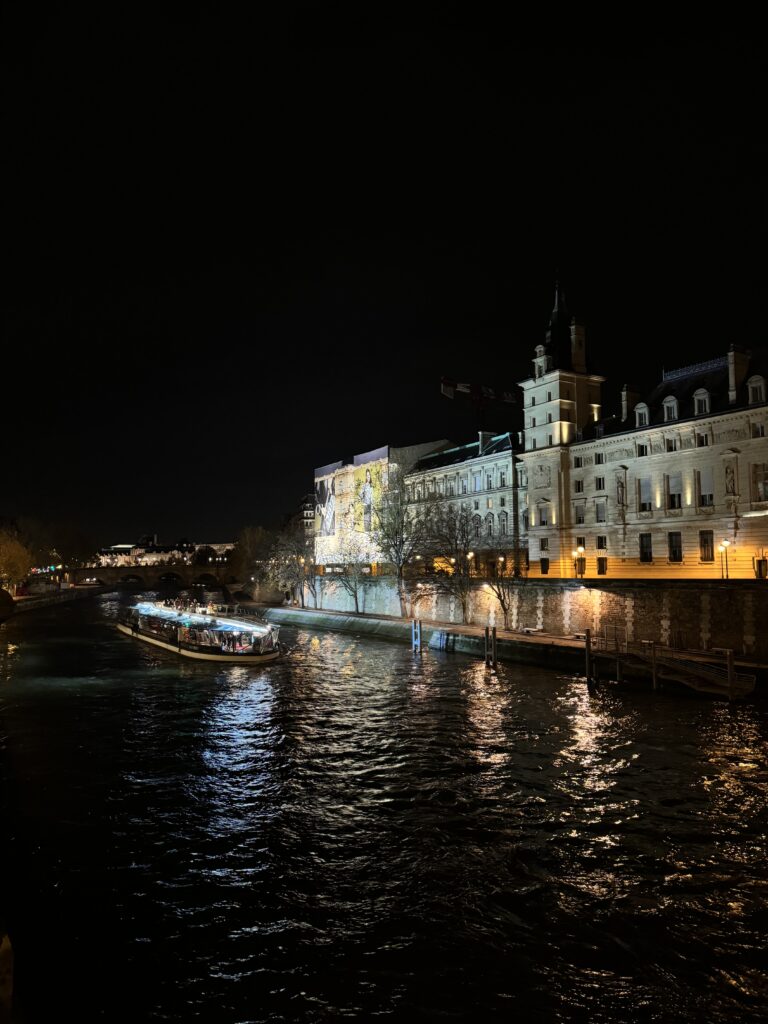
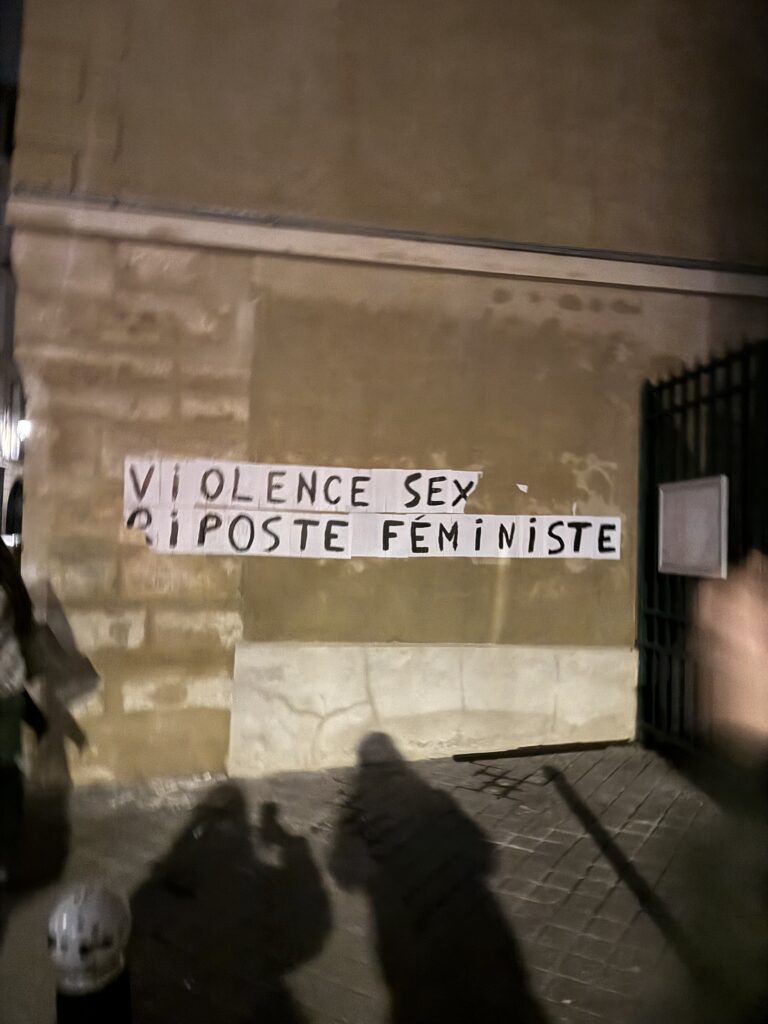
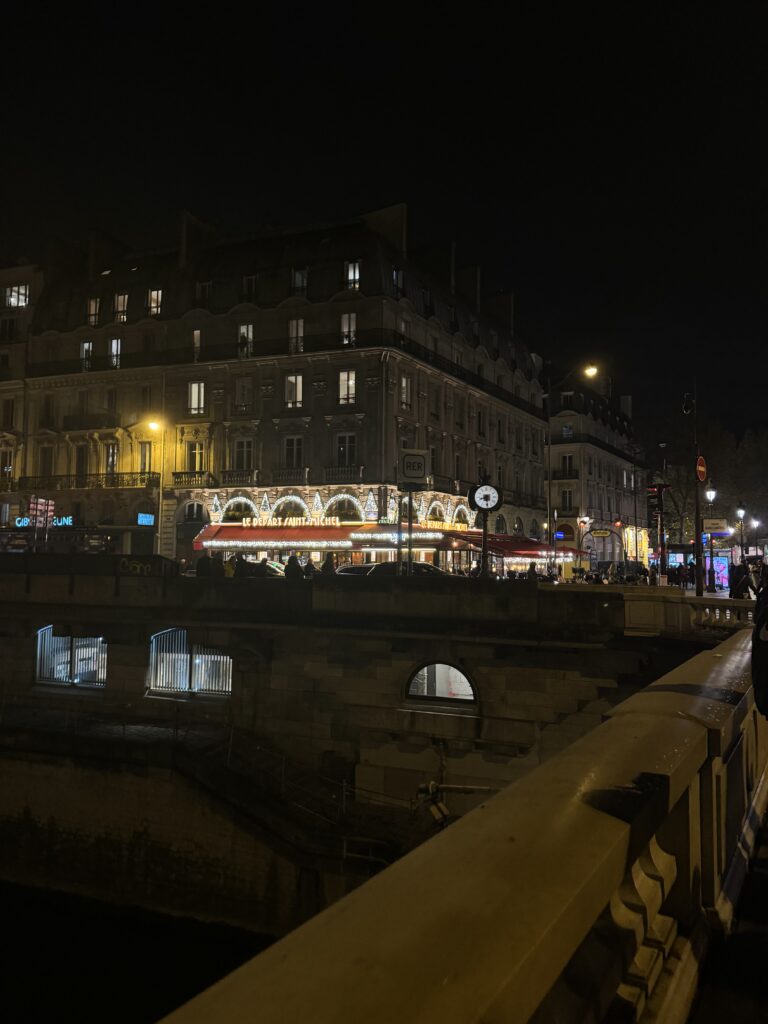
DAY TWO:
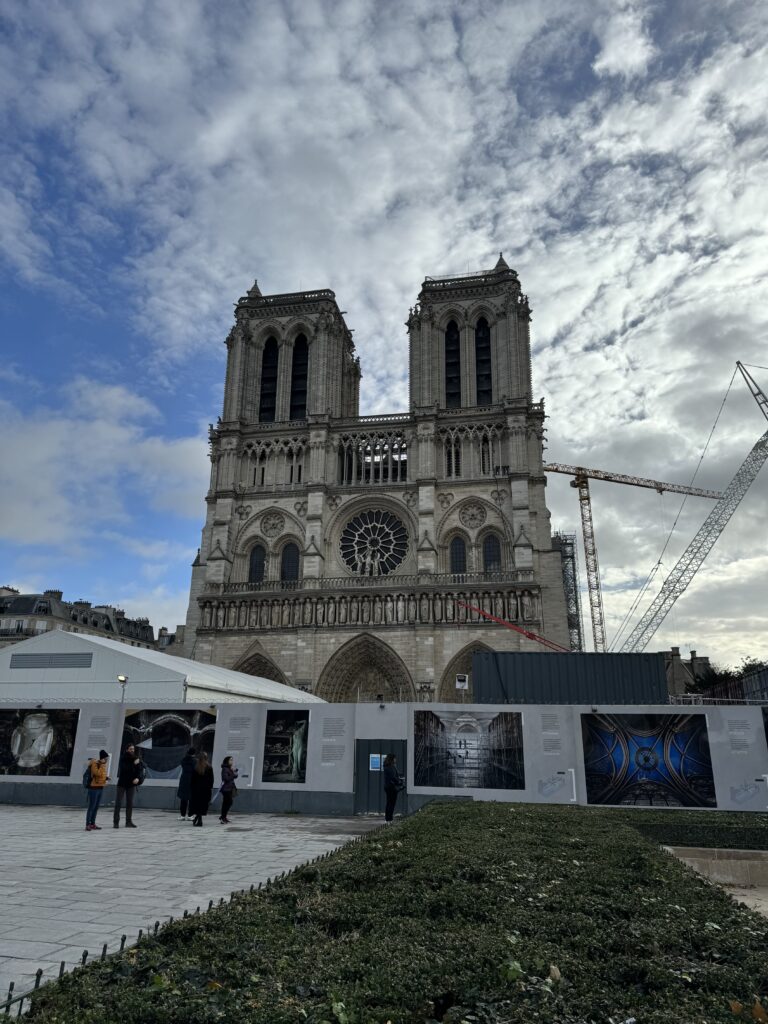
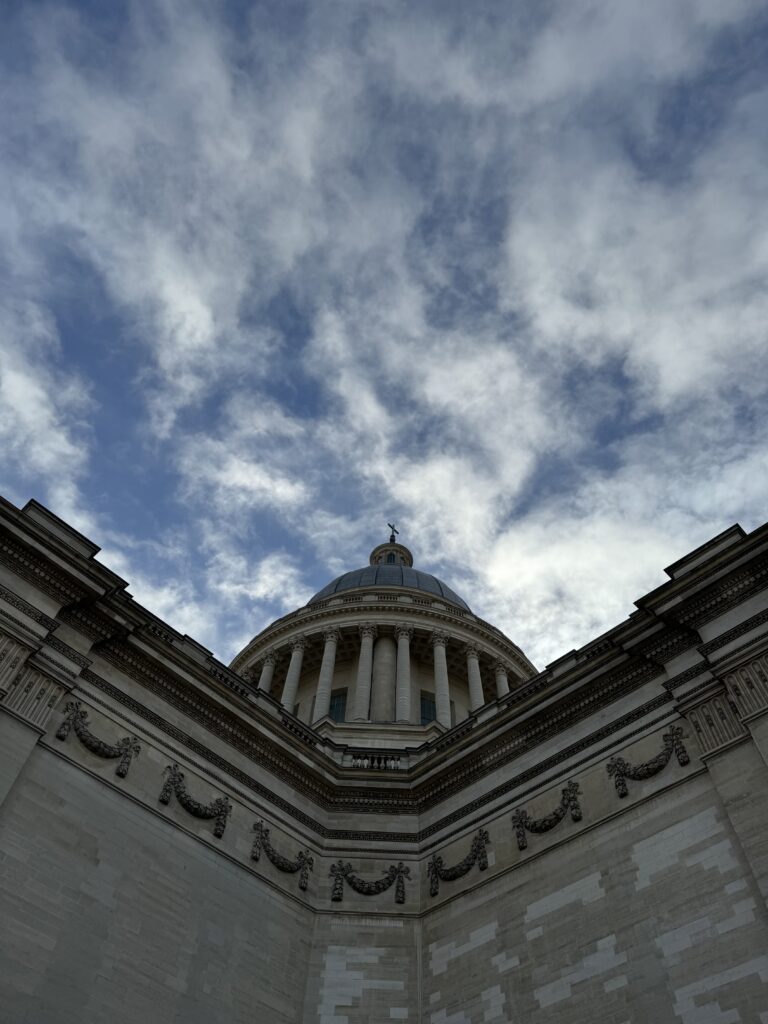
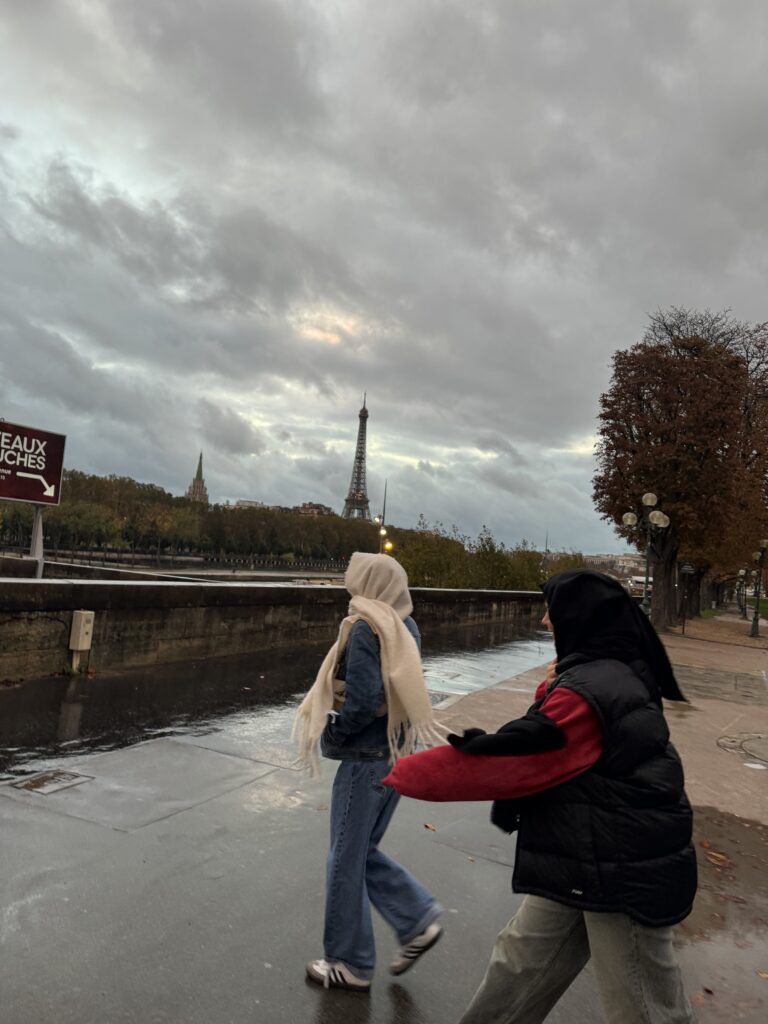

GALLERY INSPIRATION:
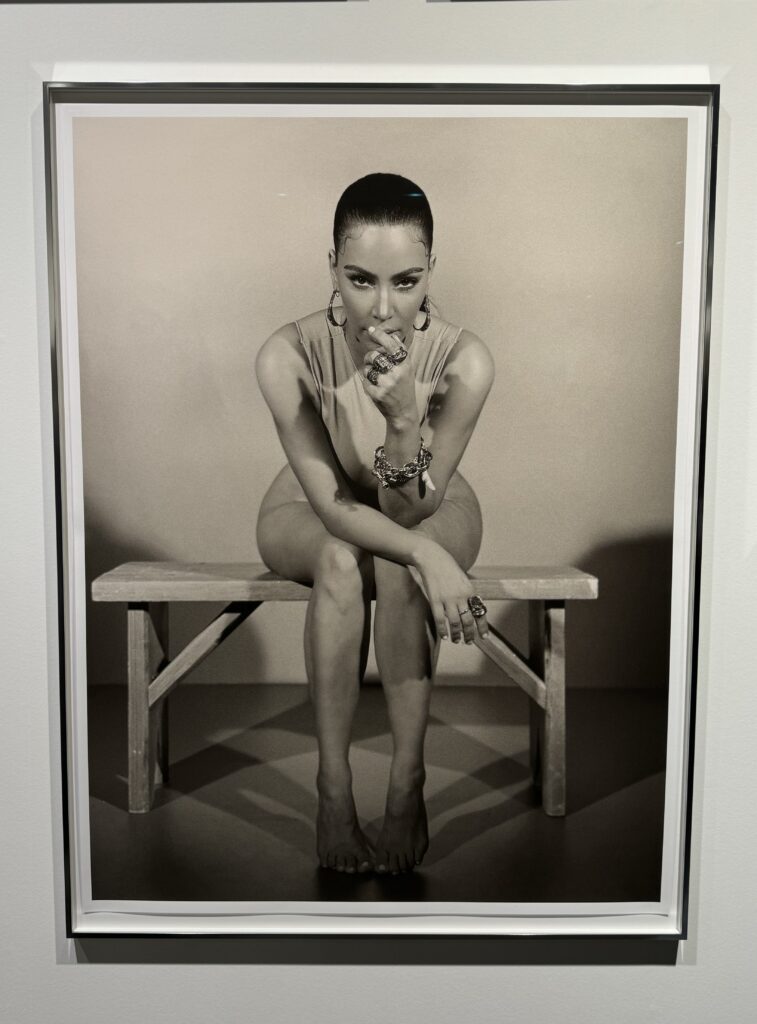
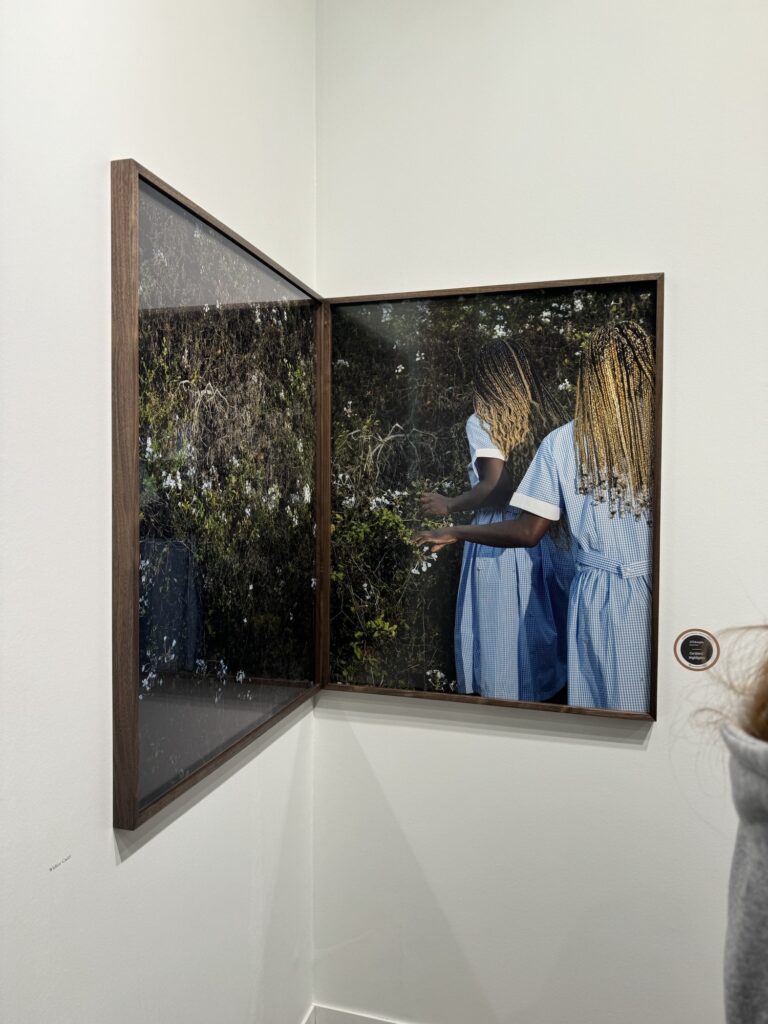

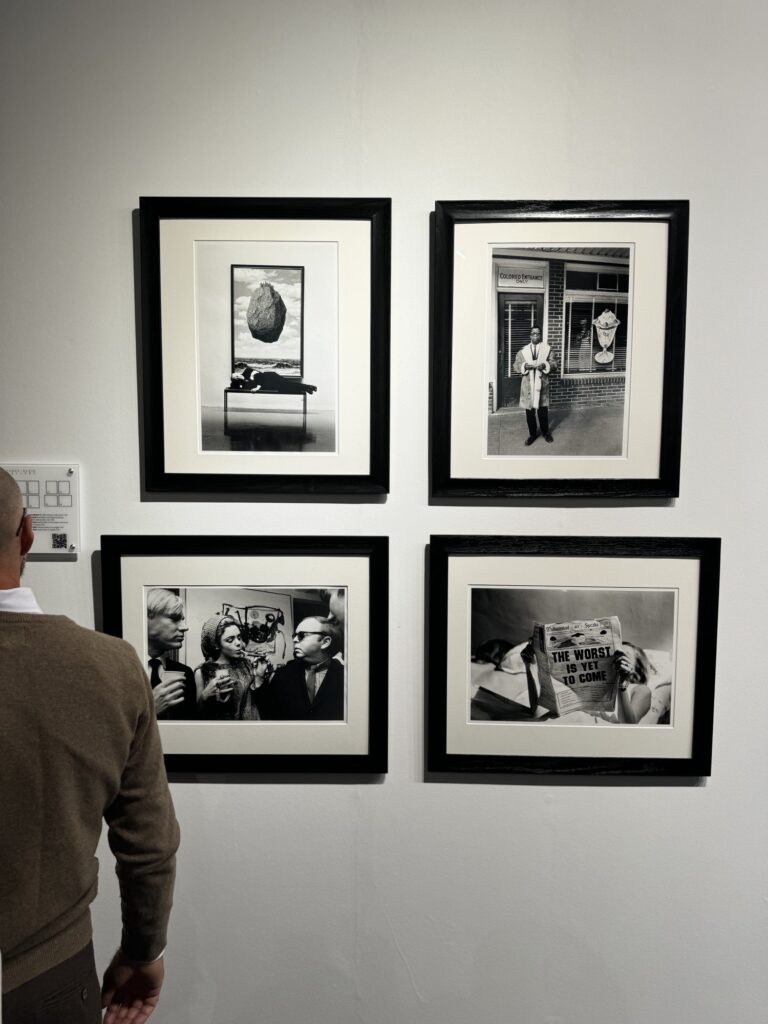
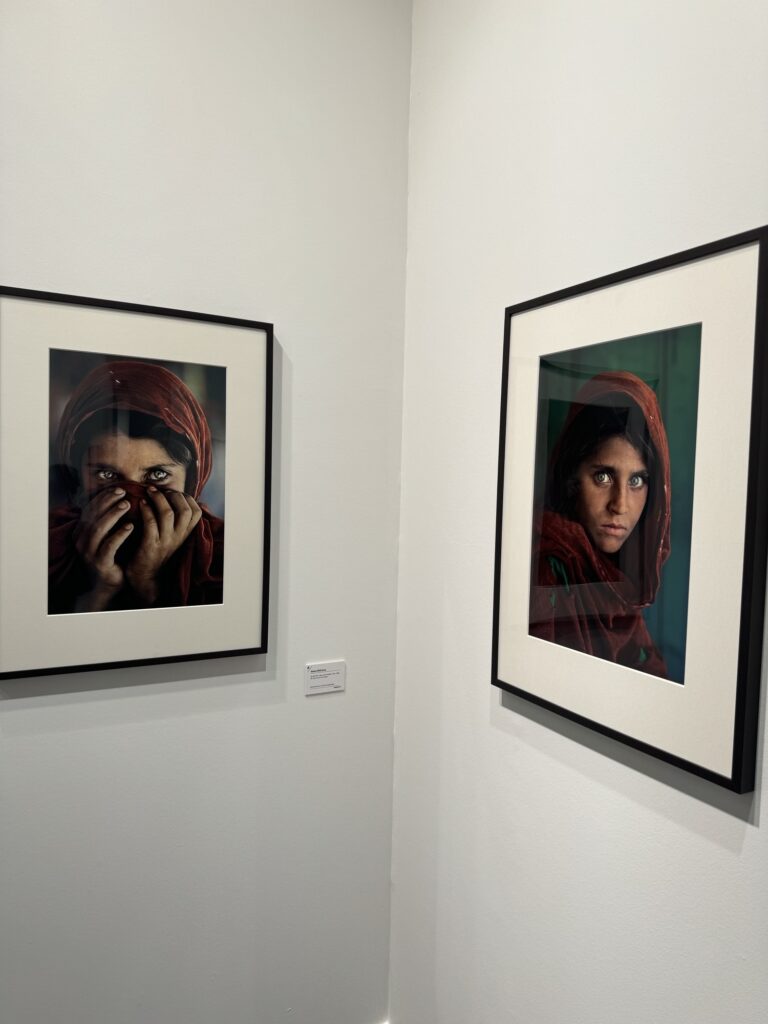
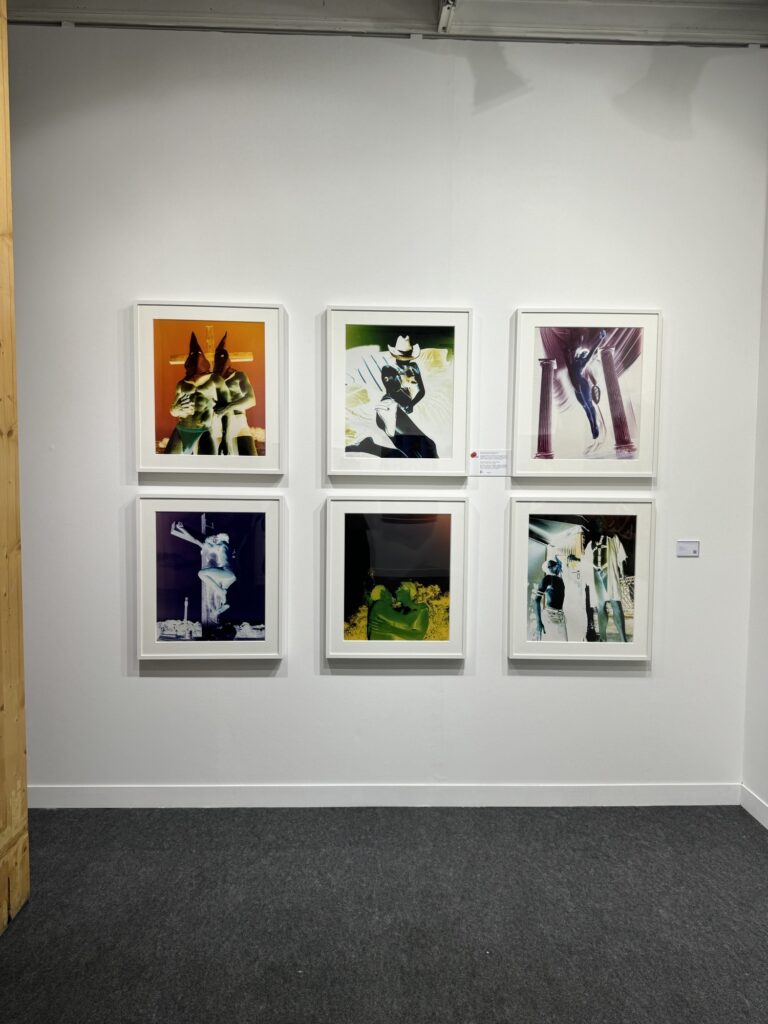
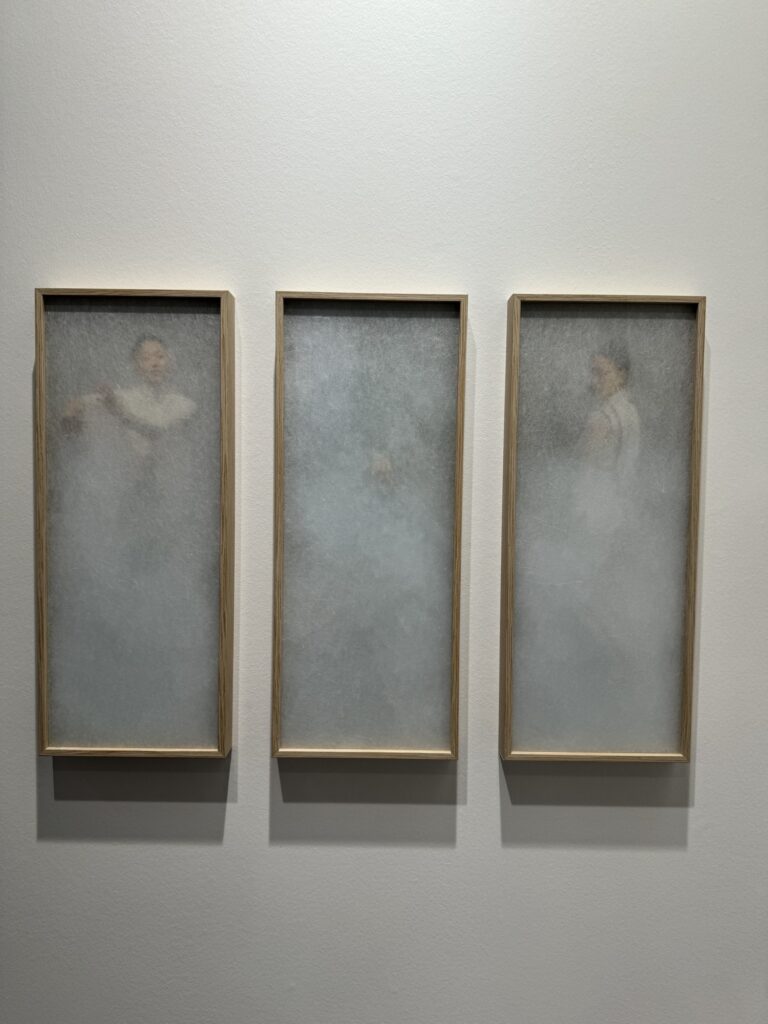
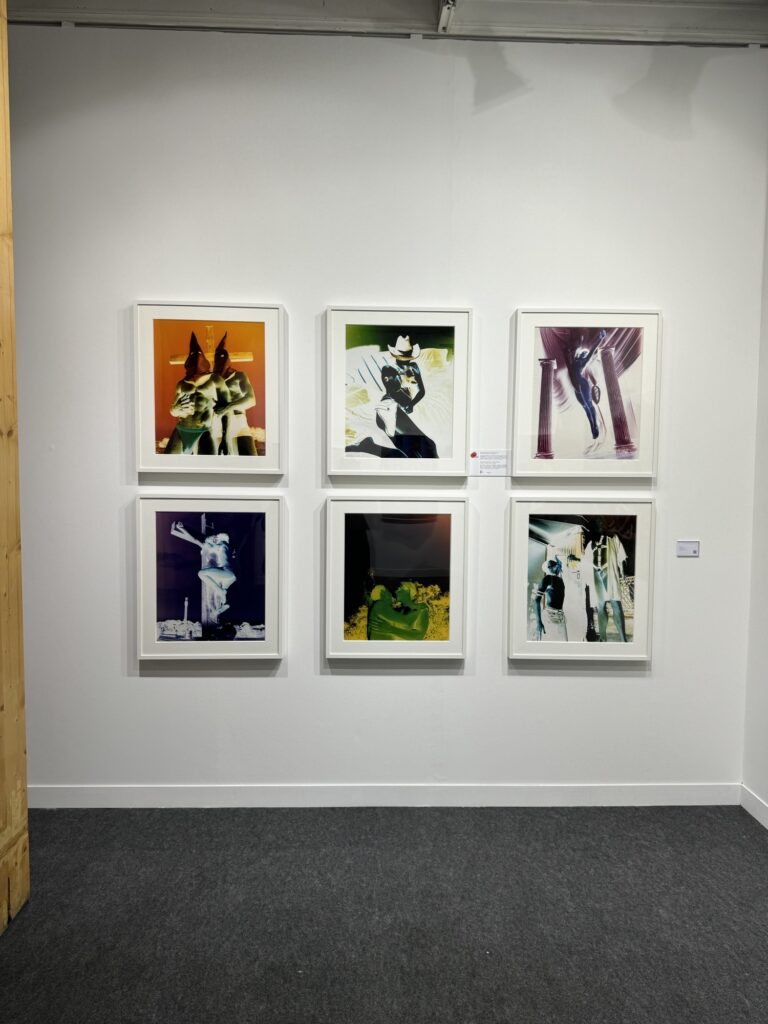

DAY ONE:









DAY TWO:




GALLERY INSPIRATION:









EVALUATION OF FILM MAKING:
Overall I found the film project challenging. This project was my least favourite as I did not enjoy the software or the idea of creating a film with the images. This project was also heavy dependent on communicating with your group making sure everyone has everything they need; everyone needs to be organised. Premiere Pro was a new software I hadn’t used before and was slightly difficult to learn and first especially since it updated half way through the project.
What I found interesting in this project was seeing the process in which artist do in order to create a film. Looking at examples of short films like ‘La Jettee’ was intriguing as I enjoying watching the film without having an understanding with how much work is put into creating a film. I enjoyed creating the composition and deciding which images are interesting for the film.
What I found challenging in this project was linking the audio with the film making. The audio was a crucial element to out film which meant in needed to be perfectly placed in the film. However in order to do this meant good communication with Hannah, our audio editor. This project showed me the importance of organisation and communication with your peers. Ultimately in a next project like this the key element is to be organised and create and decide things that all your peers agree on.
THE APP USED TO EDIT OUR ELIZABETH CASTLE FILM; PREMIERE PRO.

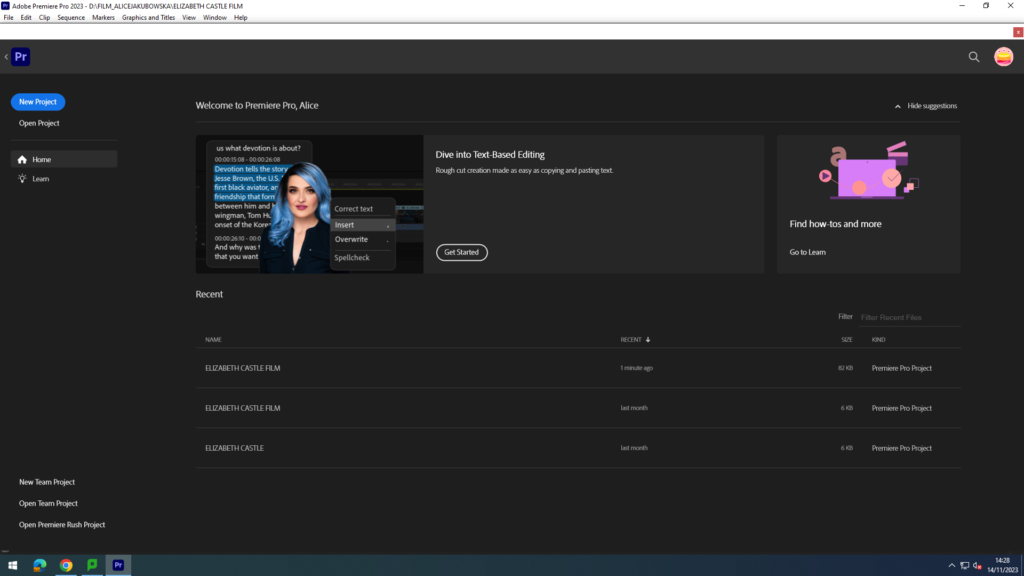
The process in making the film was particularly difficult, I was using this software for the first time which meant I had to familiarise myself with the tools. Me being the creator of the film making was tasked with adding creating the composition of the images/videos, the visual aesthetic, adding fading to the images, and making sure the audio was in the right place. Firstly I added our original image into a sequenced that we liked which also flowed better with a narrative, in order to add some history aspect to our film. According to Hesmondhalgh’s cultural industries theory producers use existing material so the audience can relate and minimise risk when releasing a product.
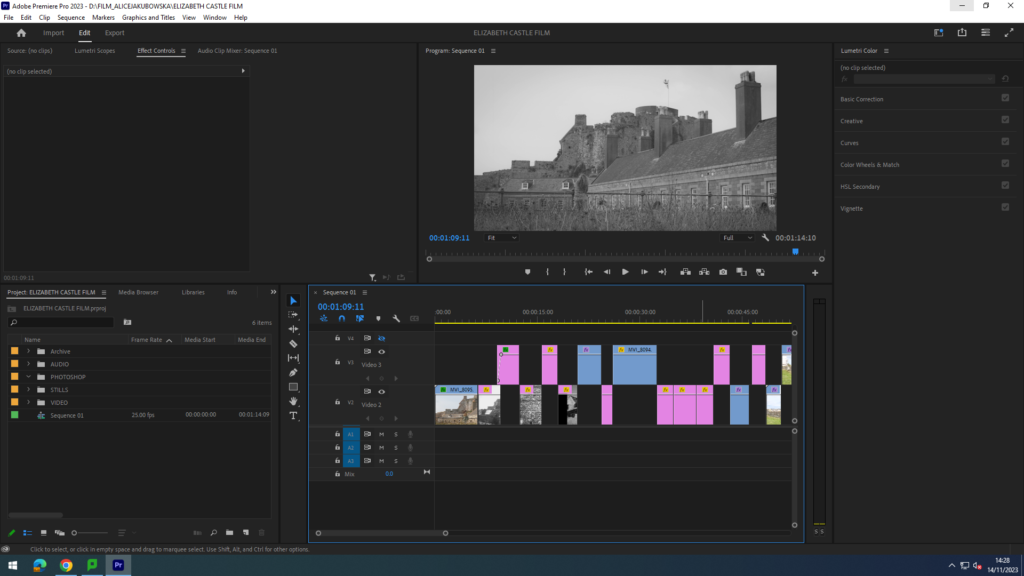
In this image you are able to see the sequencing of videos and images. To create a smooth film I tried to add similar images as to what you could see in the videos, sort of like a visual conclusion in what you saw in the short video. Furthermore with the archive images I faded my original images into them to show the evolution and change you are able to see.
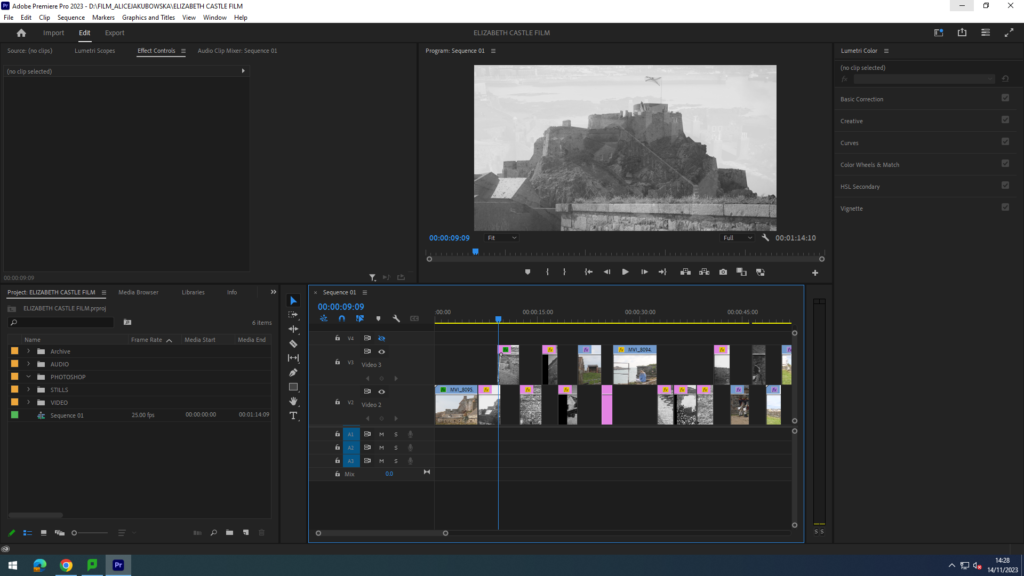

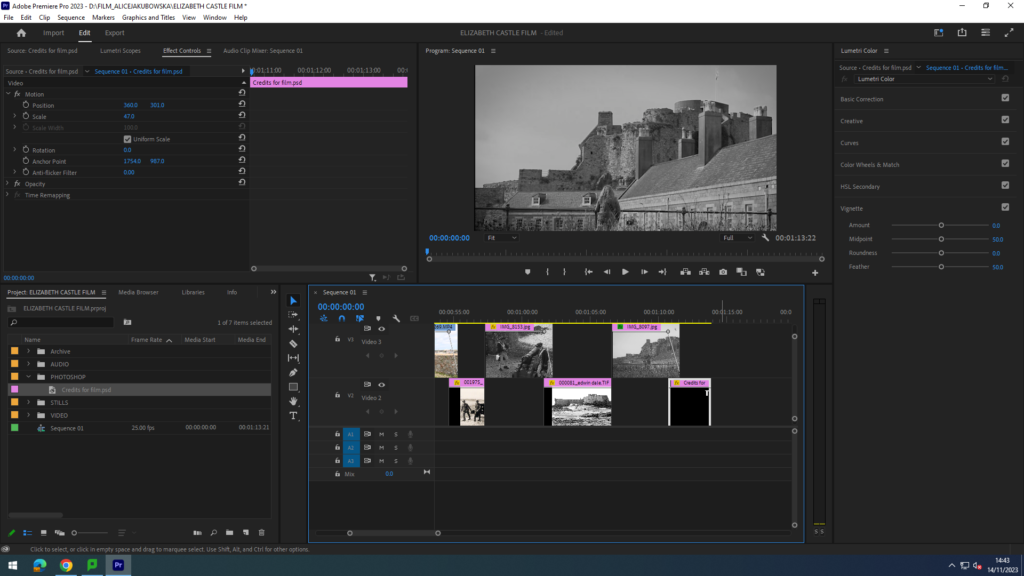
In this screenshot you are able to see a fade from one image to another. You can do this by slightly overlapping the two images and adding two key frames in the edge of each image. You are able to create different types of fades depending on how you position your images and the fade.
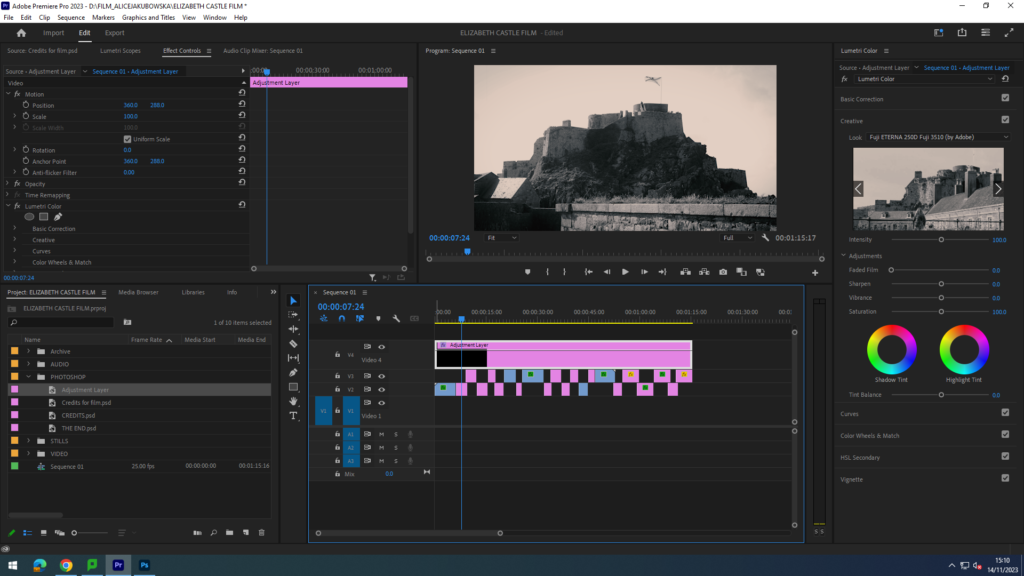
Here you are able to see the adjustment layer that is added on top of the sequence throughout the film. An adjustment layer, is an application of the same effect to a multitude of clips on your timeline. In the adjustment layer I added a black and white filter from the list of adobe filters, this was so the edited images and videos could have the same mood. However in order to make the archive images distinctive I added a different filter ‘Kodak Tobacco’ to create a more vintage old look. This filter had a gold/warm tone which seemed to look a bit like rustic paper used back in the day.
To edit the sound in my film I used Adobe Audition. The class was given a workshop by Sam to demonstrate how to use this application when editing and creating soundscapes for the film. Hannah Fernandes was our audio editor in our group.
THE APP USED TO EDIT OUR ELIZABETH CASTLE SOUNDS; ADOBE AUDIOTION.

FREE SOUND WEBSITES PROVIDED:
https://sound-effects.bbcrewind.co.uk/

Sam, the provider of the workshop, prepared us a folder of sound material that he gathered from the trip to Elizabeth Castle. Majority of the sounds Hannah worked with were taken from this folder, as our film group did not have the equipment to gather our own material. However, Hannah used the audio from one of the videos captured for the canon fire. Using Adobe Audition, she was able to make it louder and clearer so it could be heard in the film.

Hannah used Sam’s materials to create the soundscapes. Using the combination of sound effects, seagulls and the sea, to create an establishing background noise for the film. This was to help establish the setting and surroundings at the beginning of the film. Hannah was able to take other sound effects from this too, for example rifle firings.

This folder included some dialogue clips recorded on the trip. They consist of recordings of demonstrations and other staff character commands. Hannah distributed a selected few of these clips across my film. She did this because the focus of our film was supposed to aim for Tourism attractions which therefore linked to the history of the grounds.

Furthermore Hannah gathered more sound effects from the Media Drive to expand our sound collection for the film. This includes the backing music for the film, called ‘Café del Mar – Terrace Mix 2’. However, the clip weren’t long enough for the entirety of the film. So, using Adobe Audition, she removed parts of the clip that weren’t useful and disliked by the group and duplicated it in order to extend the backing track to fit the film.
THIS IS SHOWN IN THE BELOW SCREENSHOT:
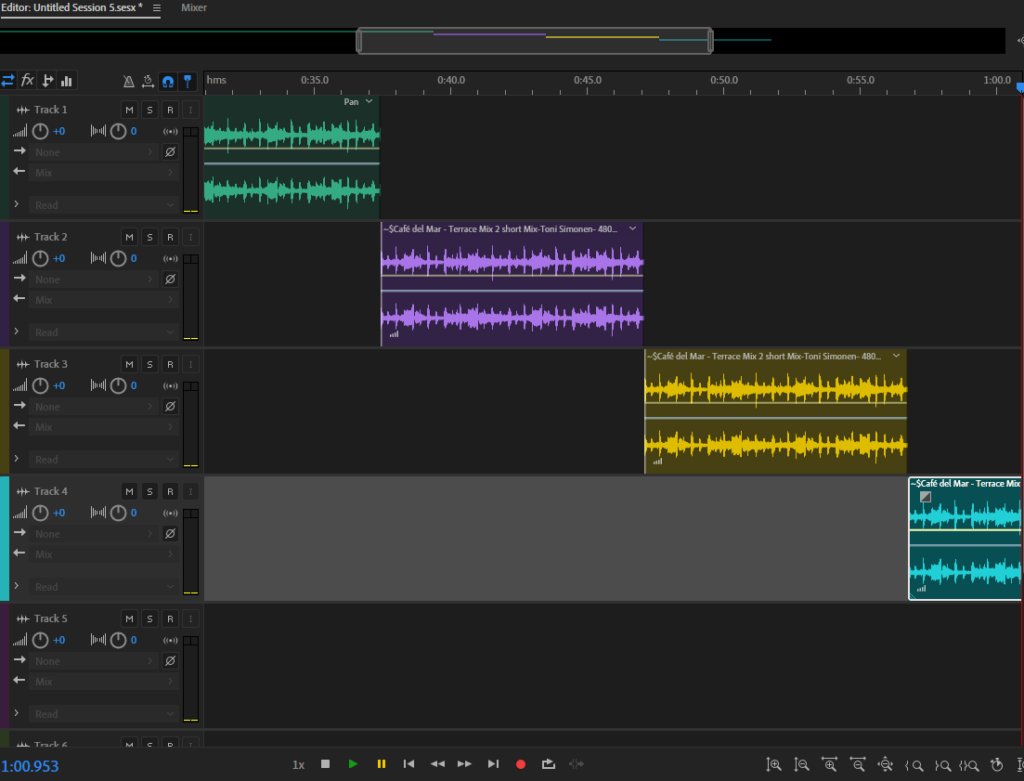

This is Hannah’s folder which was created for all the sound effects that would be used in the film eg: backing music, and Adobe Audition edits Hannah created. This was useful as it allowed our entire sound material to be transferred to the film editor’s computer. This then allows the film editor, Alice, to add in the sound clips to our film as the finishing touches.
BLOG POST CREATED BY HANNAH FERNANDES

By looking back at previous themes, I think ‘Home‘ would fit the best conceptually as my inspiration for the ‘Nostalgia’ project. This is because the project was centred around collecting objects from home which are significant and important to you. I plan on doing the same thing in my Nostalgia project, taking photos of objects which were important to me at different stages of my life.
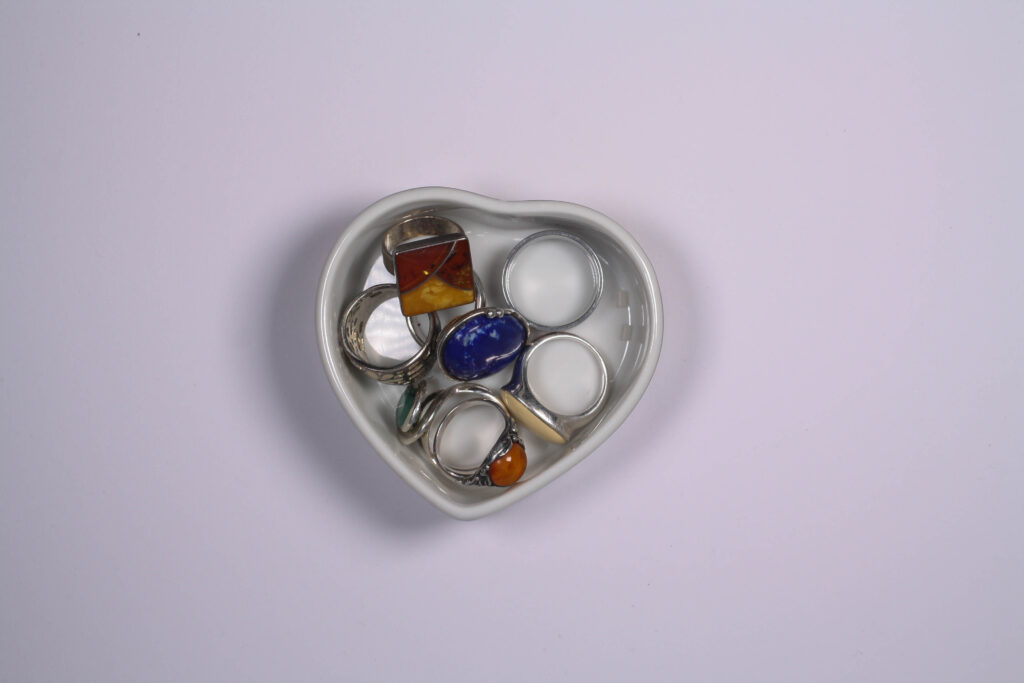

Portraiture was my favourite area that has been covered during the photography course, I also believe it is my strongest work. The ‘Femininity vs. Masculinity‘ and ‘Identity‘ projects allowed me to take lots of portraits of my friends and family.
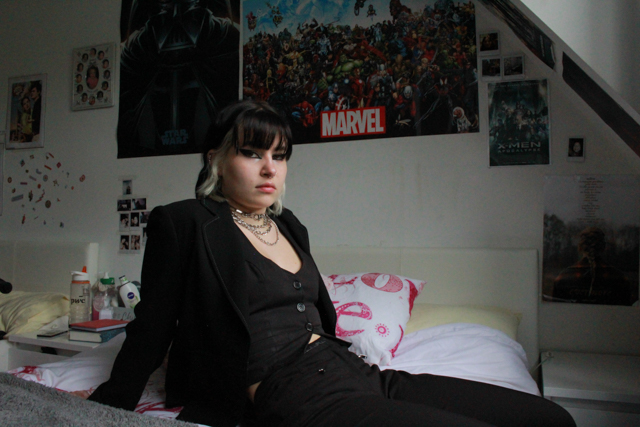
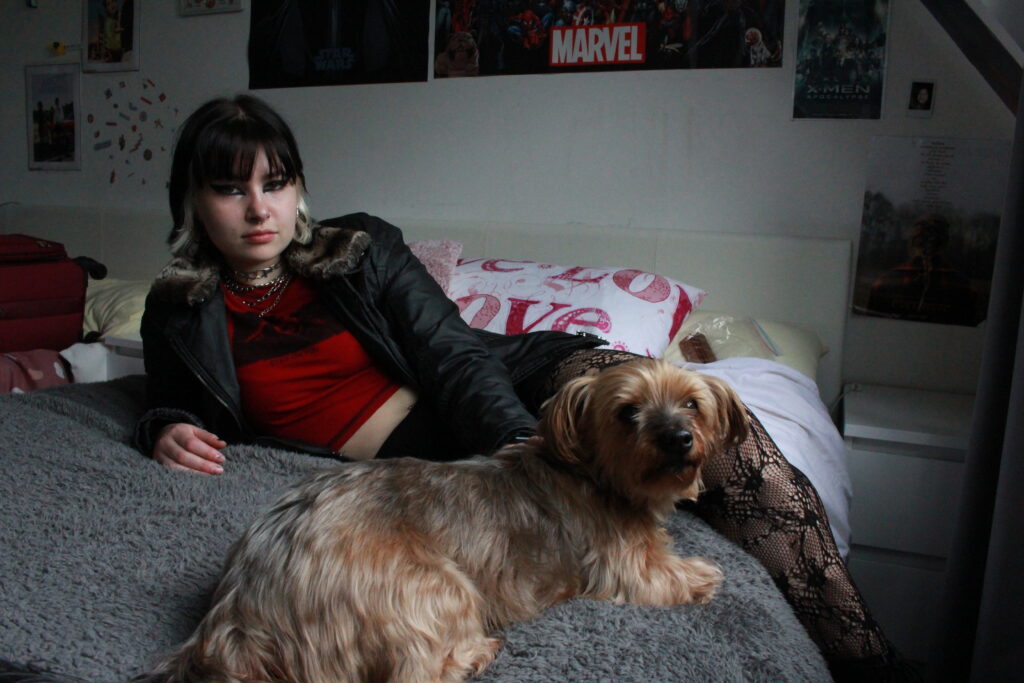
I believe these environmental portraits are some of my strongest images I’ve created. I really enjoyed this project and I think the results were successful. I took these while inspired for the identity and femininity/masculinity project. These express how I want most of the portraits and landscapes to look, almost like a documentary style.

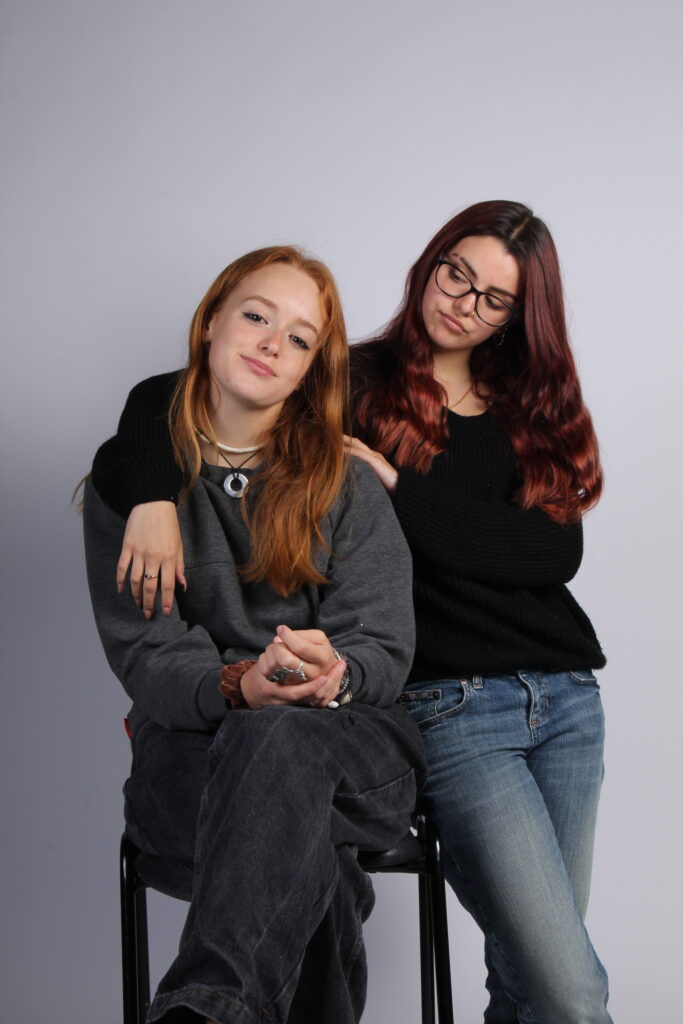


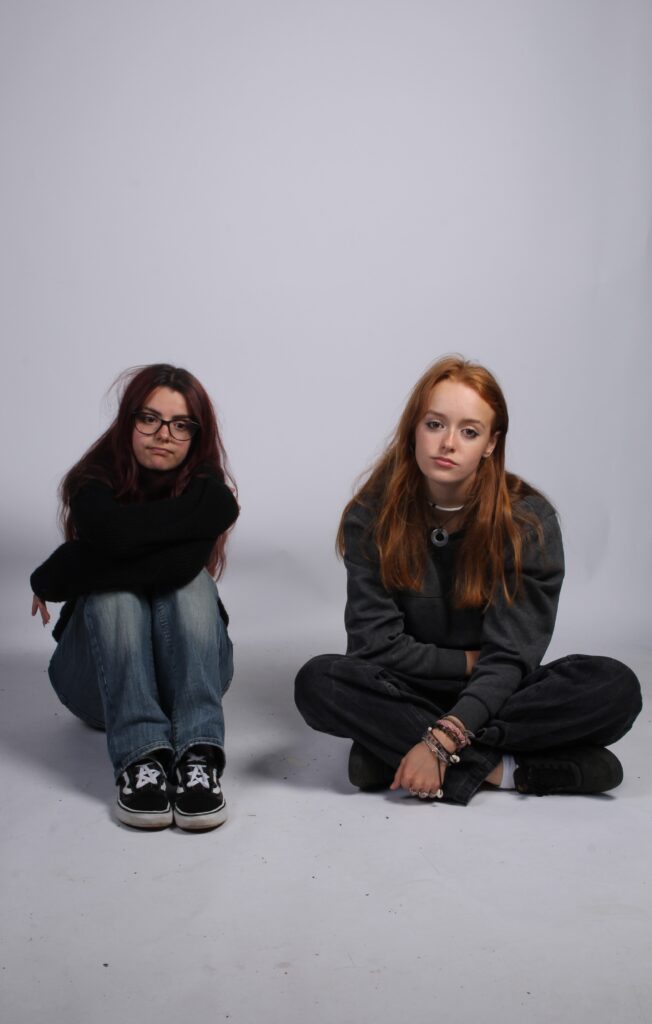
These are some more portraits I took during the ‘Identity’ project in the studio.
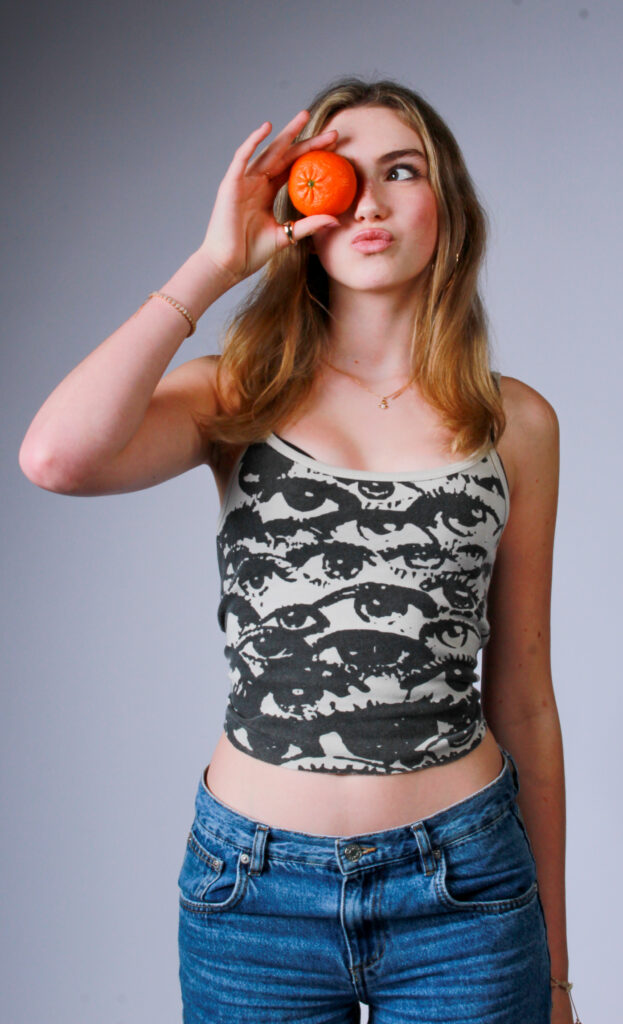

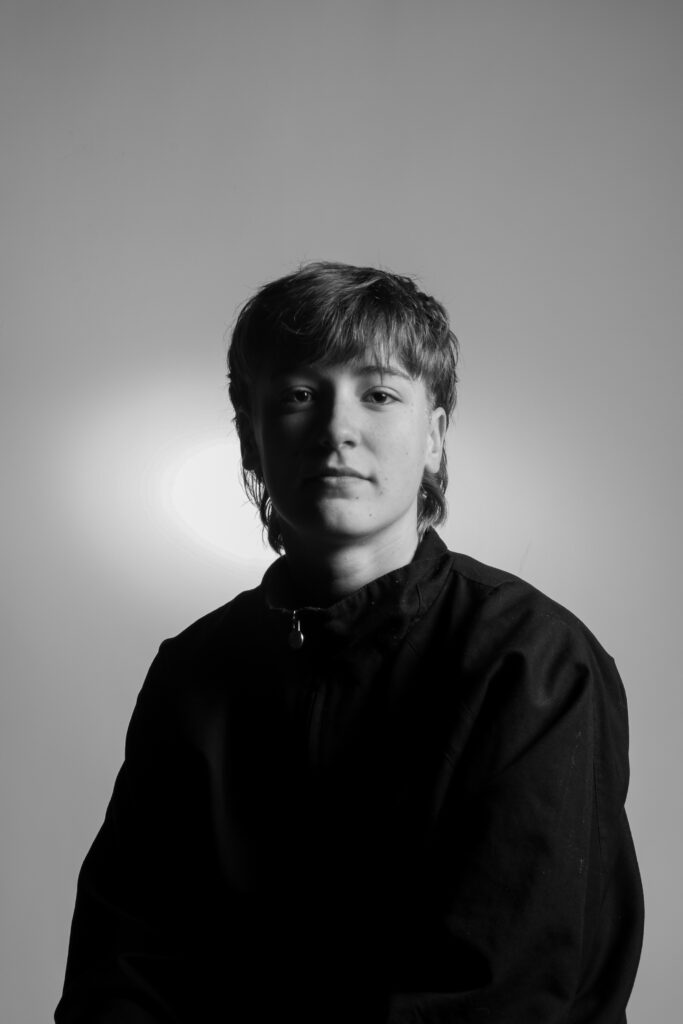
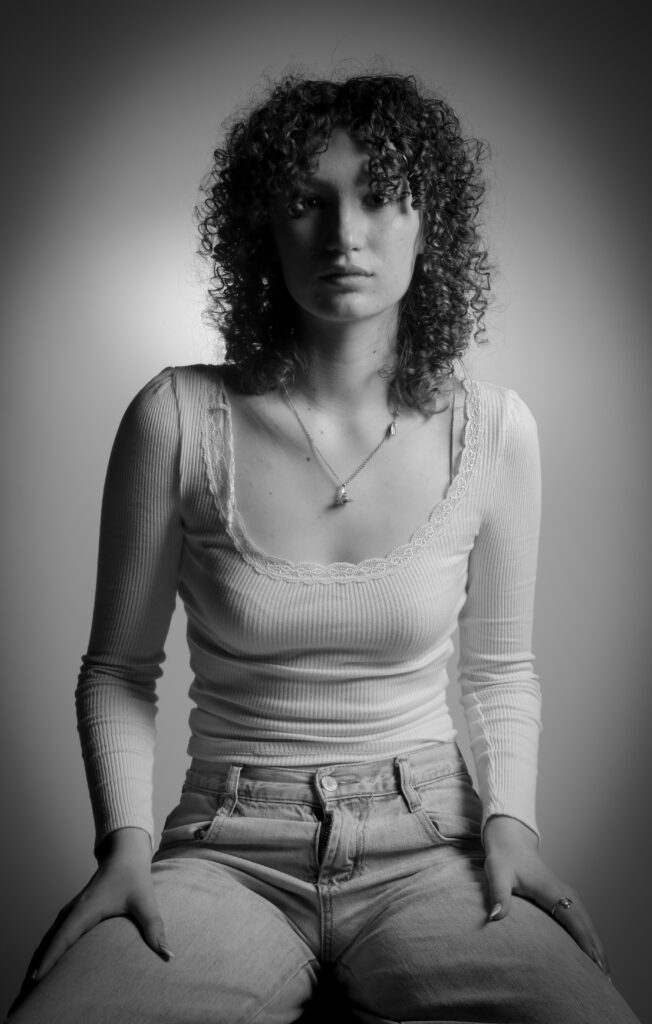

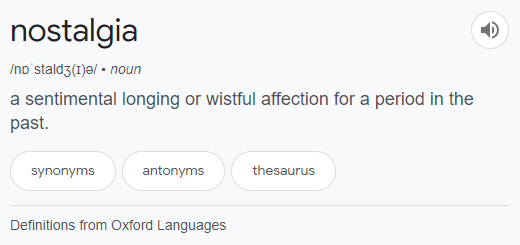
Nostalgia is about a sentimentality for the past. It’s a sentimental yearning for return to a past period. The feeling of nostalgia is often triggered by a familiar smell, sound, or keepsake. For example; music, movies, places, or people.
Nostalgia is something that is both cosy and comforting but also deceptive and an illusion – explain how?
Nostalgia is something that is both cosy and comforting because when you experience it, you want to return to a past period of time where you experience something enjoyable which makes you happy. The act of remembering something gives you a moment of re-experiencing that moment which makes you happy, therefore creating a sense of comfort. However, it can also be deceptive and perhaps even an illusion because your memory is not always reliable. When recalling a memory, you may be forgetting some details or only remembering memories which bring you comfort or joy. We sometimes subconsciously supress memories which may be traumatic or unhappy. Therefore there is an element of illusion as you are only remembering aspects of the memory.
Mood-board
I have created a mood board below of inspiration for directions I could take in my photography for this nostalgia project. I’ve included images of objects, which may carry memories and be considered quite nostalgic. I’ve included places like swimming pools, cinemas, etc.
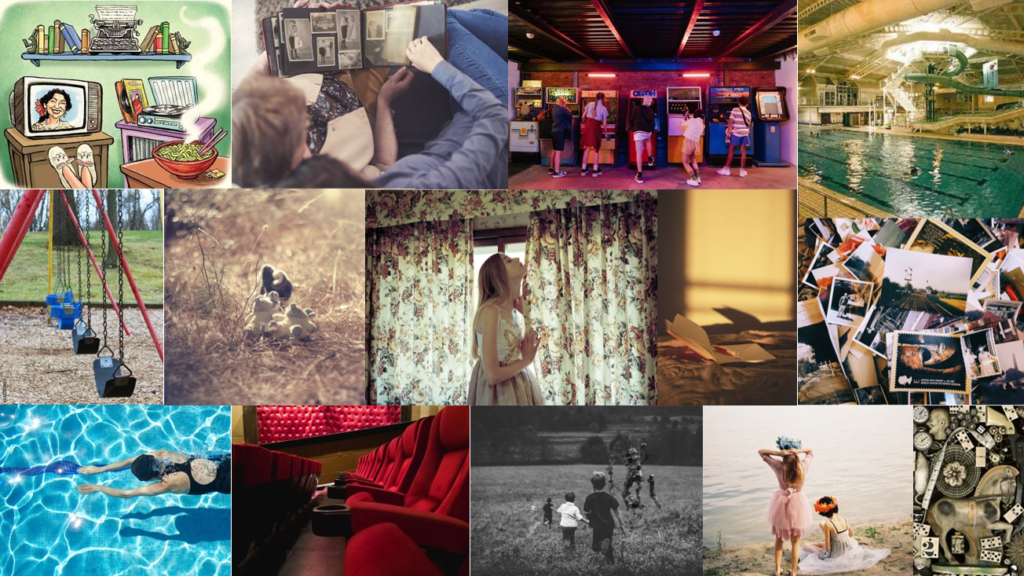
Mind Map

The app used to edit our Elizabeth Castle film is Premiere Pro.

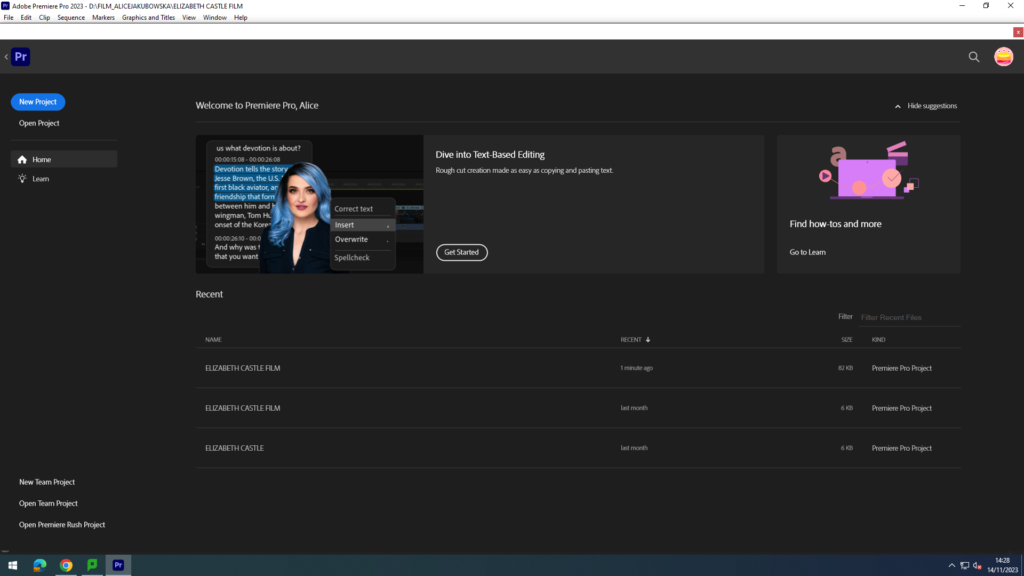
The process in making the film was particularly difficult, using this software for the first time which meant Alice had to familiarise myself with the tools. Alice being the creator of the film making in our group, she was tasked with adding creating the composition of the images/videos, the visual aesthetic, adding fading to the images, and making sure the audio was in the right place. Firstly she added our original image into a sequenced that we liked which also flowed better with a narrative, in order to add some history aspect to our film. According to Hesmondhalgh’s cultural industries theory producers use existing material so the audience can relate and minimise risk when releasing a product.
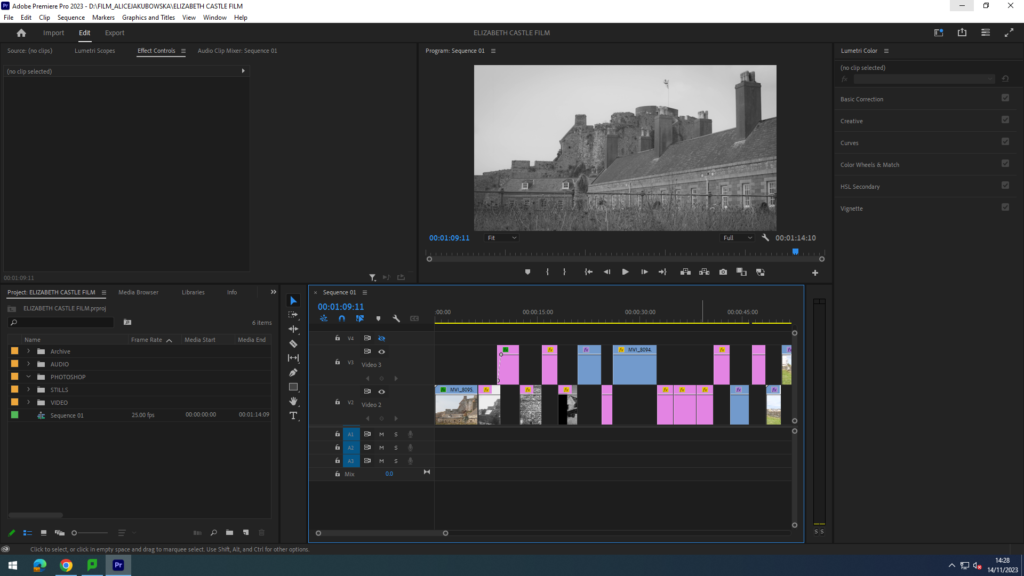
In this image you are able to see the sequencing of videos and images. To create a smooth film we tried to add similar images as to what you could see in the videos, sort of like a visual conclusion in what you saw in the short video. Furthermore, using the archive images Alice faded the original images into them to show the evolution and change you are able to see.
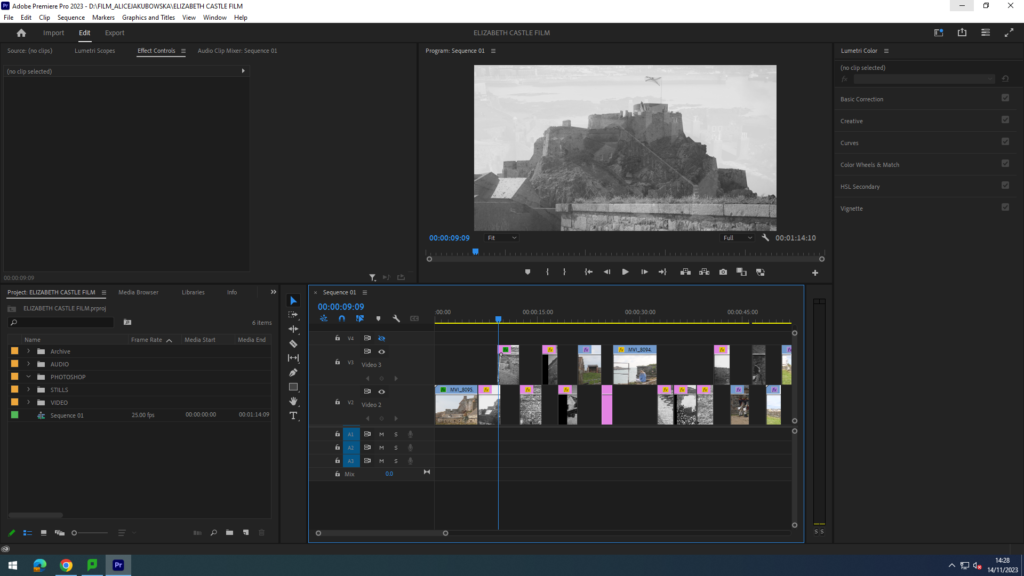
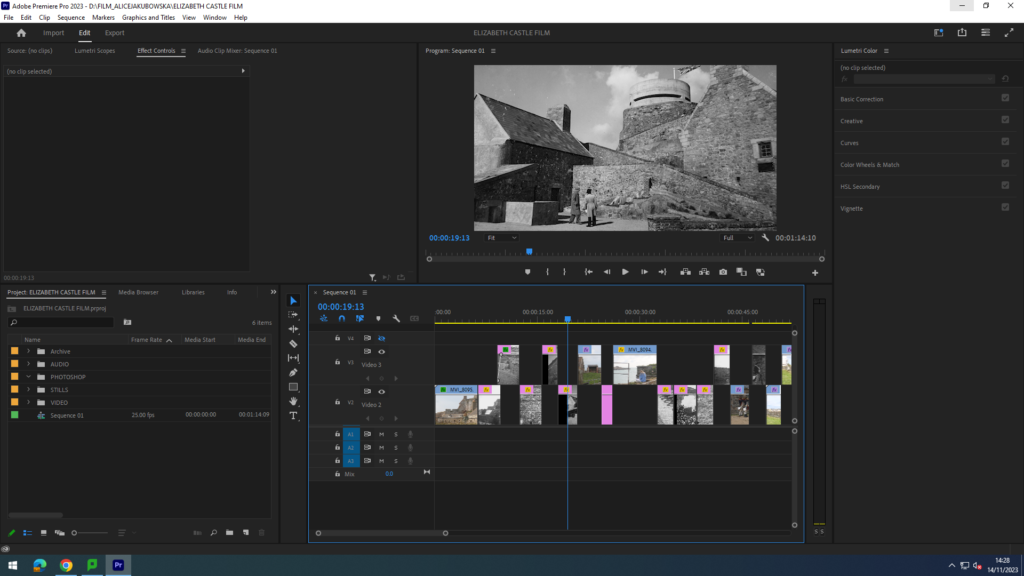
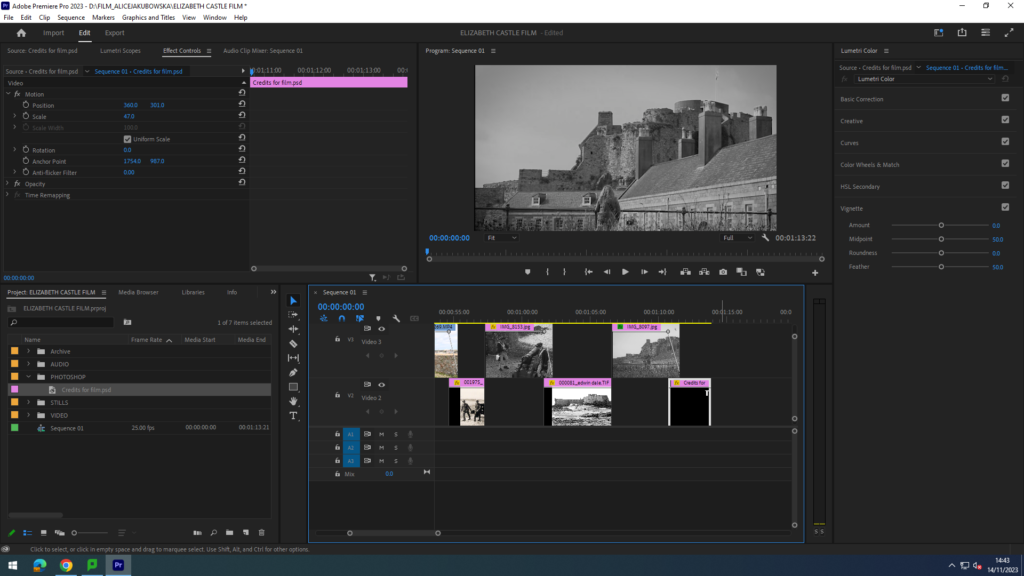
In this screenshot you are able to see a fade from one image to another. You can do this by slightly overlapping the two images and adding two key frames in the edge of each image. You are able to create different types of fades depending on how you position your images and the fade.
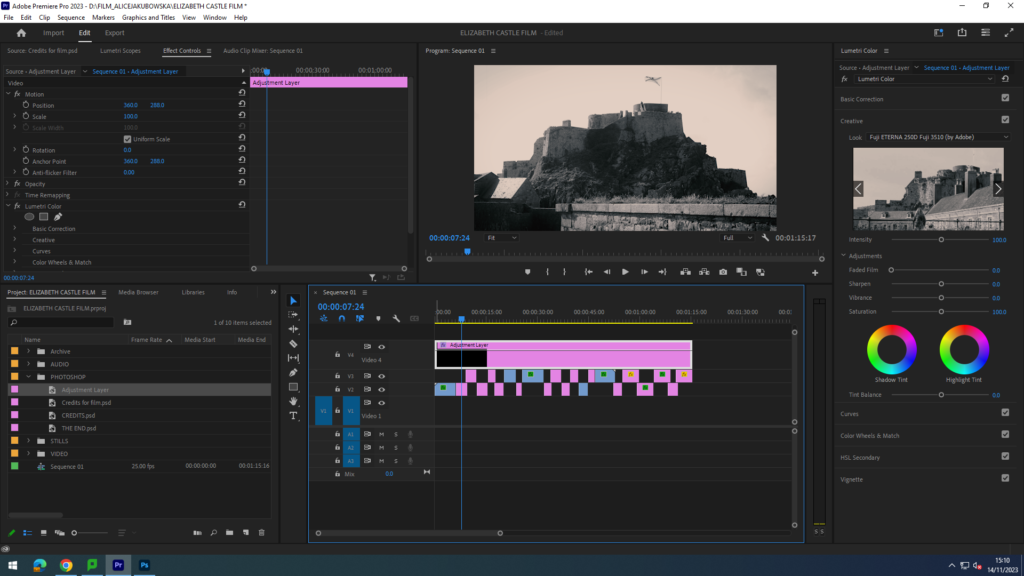
Here you are able to see the adjustment layer that is added on top of the sequence throughout the film. An adjustment layer, is an application of the same effect to a multitude of clips on your timeline. In the adjustment layer we added a black and white filter from the list of adobe filters, this was so the edited images and videos could have the same mood. However in order to make the archive images distinctive we added a different filter ‘Kodak Tobacco’ to create a more vintage old look. This filter had a gold/warm tone which seemed to look a bit like rustic paper used back in the day.
My role in the film was to edit and create sound for the film. To edit the sound in my film I used Adobe Audition. The class was given a workshop by Sam to demonstrate how to use this application when editing and creating soundscapes for the film.

FREE sound websites provided:
https://sound-effects.bbcrewind.co.uk/

Sam provided us with a folder of sound material that he gathered from the trip to Elizabeth Castle. Majority of the sounds I worked with were taken from this folder, as my film group did not have the equipment to gather our own material. However, I used the audio from one of the videos captured for the canon fire. Using Adobe Audition, I made it louder and clearer so it can be heard in the film.

I used Sam’s materials to create my soundscapes. Using combination of sound effects, seagulls and the sea, to create an establishing background noise for the film. This helps to establish the setting and surroundings at the beginning of the film. I took other sound effects from this too, for example rifle firings.

This folder included some dialogue clips recorded on the trip. They consist of recordings of demonstrations and other staff character commands. I distributed a selected few of these clips across my film. I did this because the focus of our film was supposed to aim for Tourism attractions which therefore linked to the history of the grounds.

I gathered more sound effects from the Media Drive to expand our sound collection for the film. This includes the backing music for the film, called ‘Café del Mar – Terrace Mix 2’. However, the clip weren’t long enough for the entirety of the film. So, using Adobe Audition, I removed parts of the clip I didn’t like and duplicated it in order to extend the backing track to fit the film. This is shown below:


This is my folder I created using all the sound effects, backing music, and Adobe Audition edits I created. This was useful as it allowed our entire sound material to be transferred to the film editor’s computer. This then allows the film editor, Alice, to add in the sound clips to our film as the finishing touches.
The app used to edit our Elizabeth Castle photographs is Lightroom Classic.

In this film we decided to create it black and white. This is so that the film could look more nostalgic and vintage. By creating this vintage look in the images we took at Elizabeth Castle they were able to fit with the aesthetic from the Jersey Archive images we received from Jersey Heritage. Our film was supposed to aim for Tourism attractions which therefore linked to the history of the grounds.
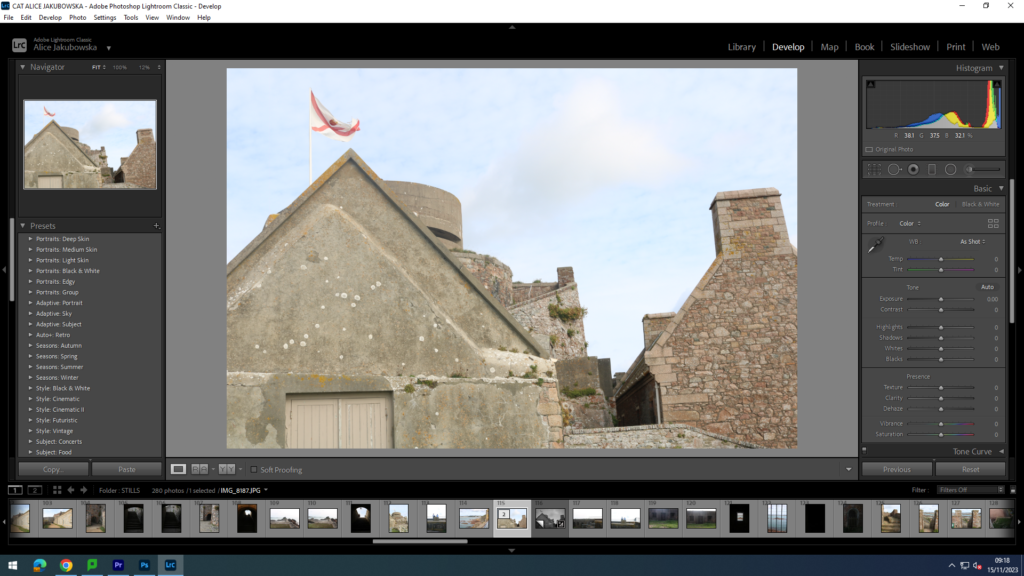
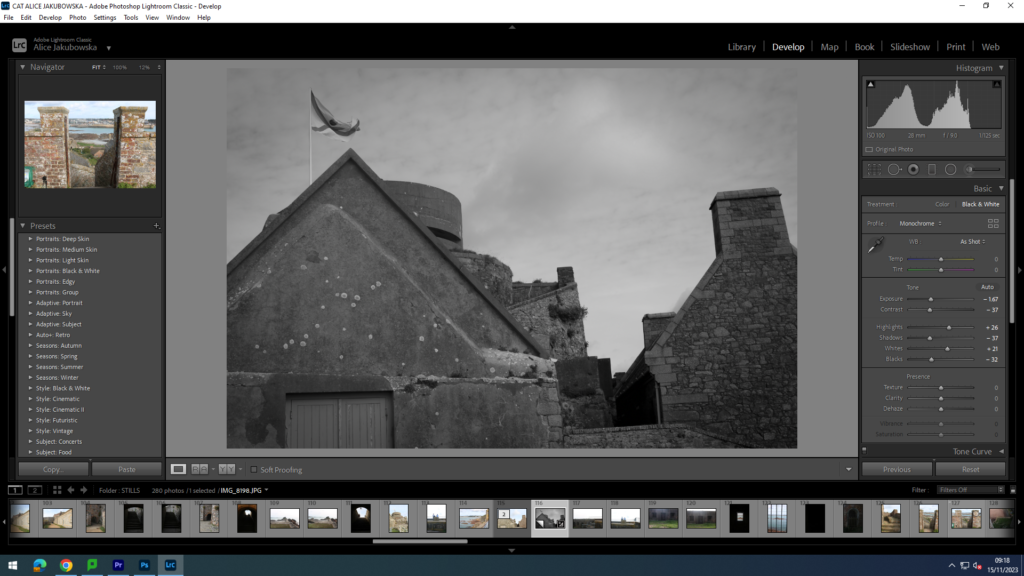
In the images we decided to created a dark atmosphere and vibe to the images, we achieved this decreasing the exposure and decreasing the blacks so we could have a darker mood. However we decided to give the image some dramatic look by contrasting the black and white tones, we further did this by increasing the white and decreasing the darks. Due to this there is a sharper contrast between the tones. To add a more dramatic effect to the images I added a slightly dark vignette around the image, however in order to create a natural aura to the image it was very minimal just enough to create some dimension to the image.


By developing this image in black and white it created a completely different visual look and emotion to the image. Black usually connotes darkness, death, and evil deeds this fits with the image as you are able to see soldiers about to fire from a canon. Which during that era was a deadly weapon that caused many soldiers from the oppositional group a painful death. To darken the mood in the image, the exposure was lowered to create a more depressed and deepen the mood already in the image. Furthermore, the white was increased in order to increase the contrast in the soldiers outfits from the darkened background.
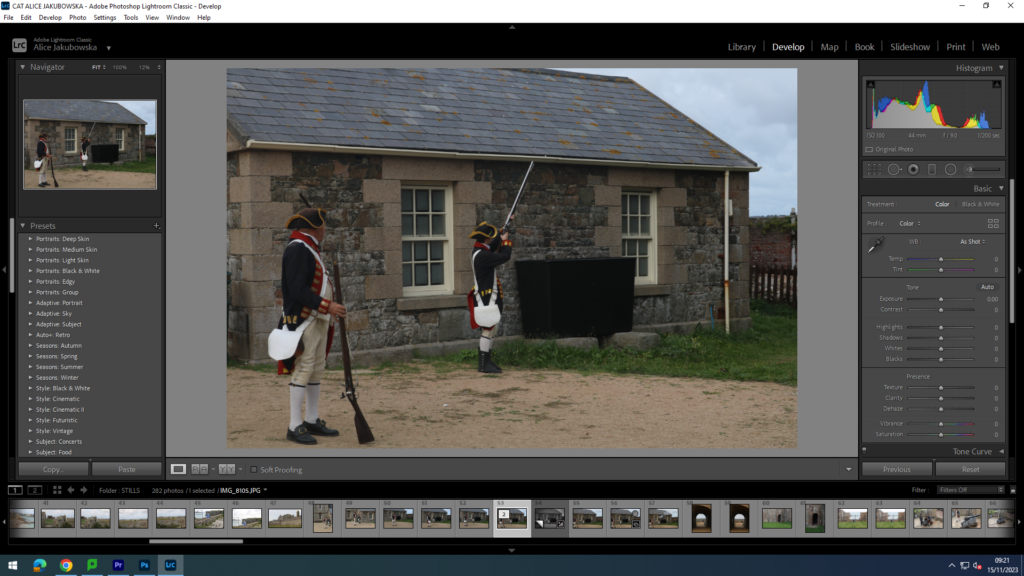
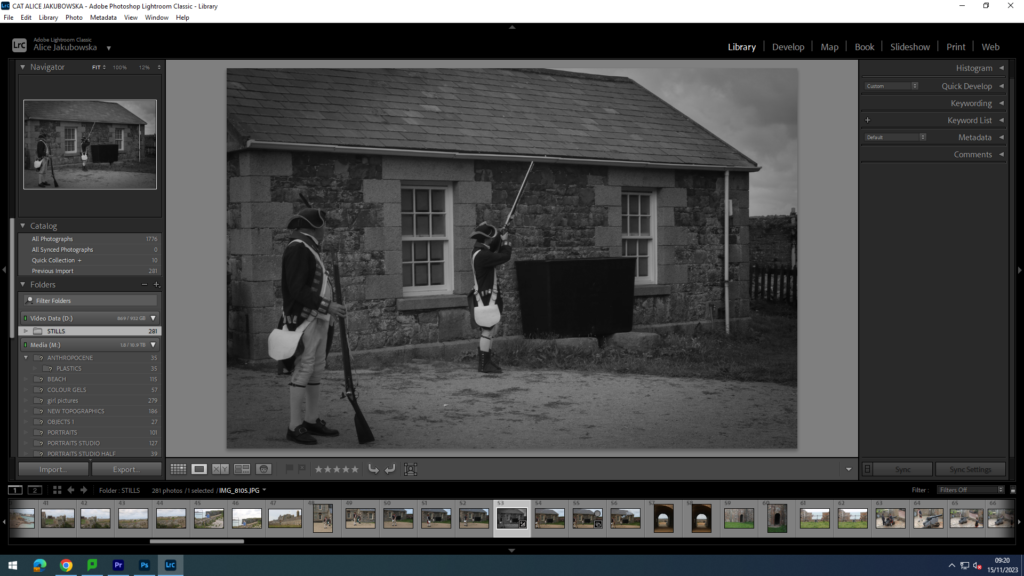
Continuing with the black and white filter we used a similar editing technique and in the image above in order to create a dark serious mood. This is to further support the sincere topic of gun firing, and some of the audience may be affected by this sort action eg post war, or family members in the army. In order to do this, the saturation was lowered to create a dark mood and a sense of sad and ominous emotion for the viewers.

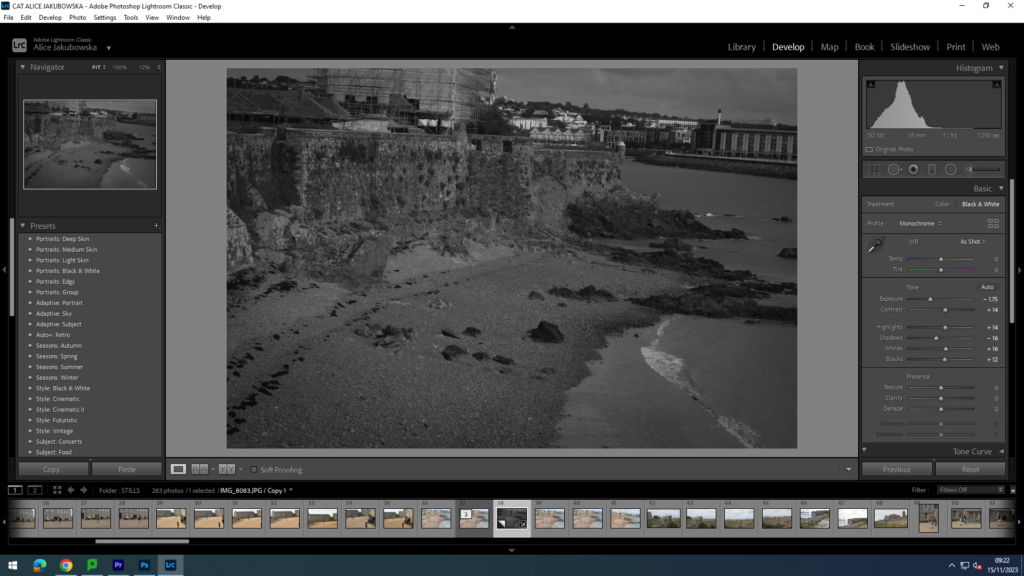
In this image you can see an establishing shot of the landscape in a hidden bit of the castle. This image was important to keep similar to the remaining images in order to keep the same mood through the film. The only different images that would stand out In the film would be the archival material provided by Jersey Heritage. This shot is one of the most important shots in the film as its shows the landscape and the area in which the movie is taking place, this shot therefore set the scene for the audience and creates an understanding of the environment.